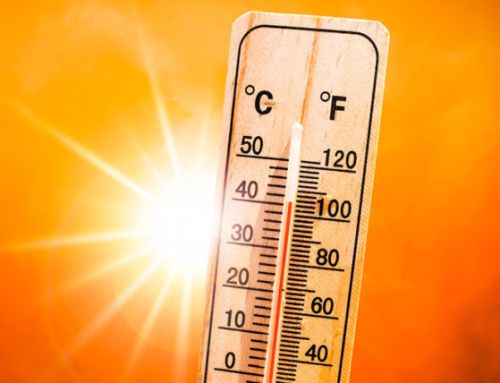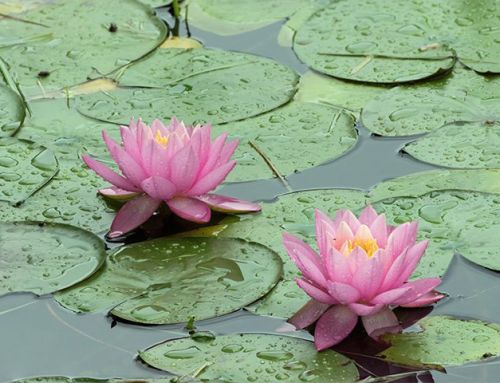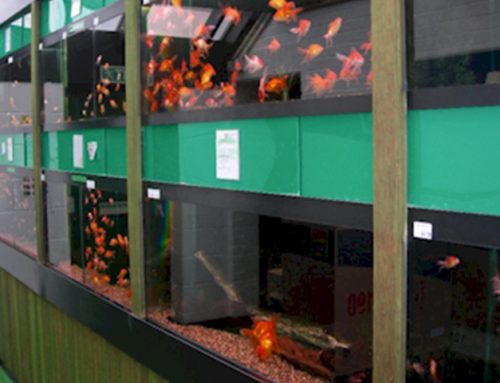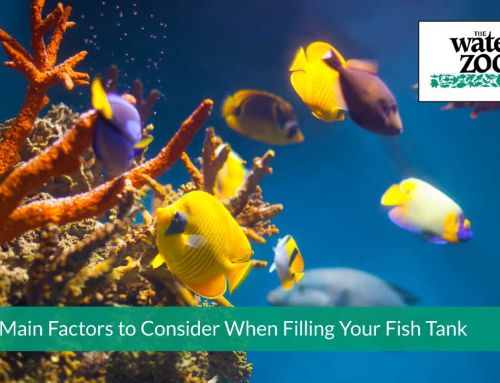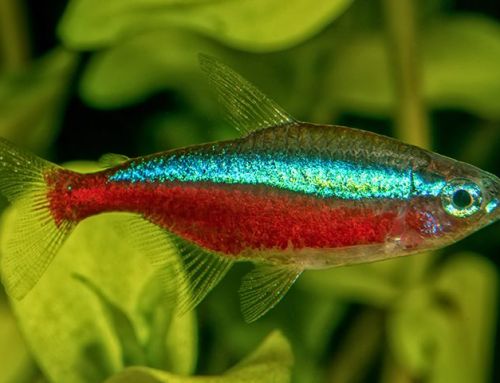Balanced Pond Filtration – What you need to know.
While the lovely sound of a waterfall tickles your ears, fish darting beneath lily pads, your senses are intoxicated by the scent of fresh water and adjacent flowers. A naturally-balanced pond in your own garden is an affordable pleasure that every homeowner may enjoy.
Most pond owners understand the importance of good water quality in a pond ecosystem. However, this might be difficult for some pond owners without knowing how to get or maintain water quality. A simple understanding of pond maintenance and pond filtration can assist you in keeping your pond looking lovely and running at its best throughout the season.
What Low-Maintenance Ponds Need
A low-maintenance ecosystem pond requires proper pond filtration in addition to plants, fish, aeration, pebbles, and gravel to keep the water clean and clear. There are three types of pond filters on the market: biological, mechanical, and UV clarifiers.
Biological filters employ microorganisms to break down pond waste and convert it to less hazardous substances that may be used as fertilisers for aquatic plants. Filters that capture and remove waste and silt are known as mechanical filters. Water clarifiers circulate water through a UV light tube, destroying tiny live particles.
The most efficient technique to filter water is to use a good biological filtration system and an excellent mechanical filter to remove particulates before the water enters the biological filtration unit. The need for clarifiers is eliminated with proper biological and mechanical filtration, resulting in a natural ecosystem pond.
What Does a Mechanical Filter Do?
The primary purpose of mechanical filtration, and surface skimmers, is to remove material before it settles to the pond’s bottom and decays..
Water is first pumped into the Mechanical filter where it is filtered through varying grades of pond matting to remove the suspended particles. The pond water then passes through the biological filter, which is further cleaned before being returned to the pond.
Surface Skimmers collect large debris that is floating on the surface and trap it inside the skimmer basket before it has a chance to settle on the bottom of the pond.
How Biological Pond Filtration Works
The biological filter accepts water that has previously gone through the mechanical filter,. Water usually enters the biological filter from the bottom.
The water then travels from the bottom of the filter to the top, passing through filter material within the unit. Fine to medium-sized particles are removed with the assistance of the filter media. The skimmer had previously cleared the bigger detritus.
As the biological filter fills, it will overflow and cascade over rocks that have been placed to create a lovely, natural-looking waterfall. The waterfall adds aeration to the pond, which helps with circulation and water quality.
What Aquatic Plants Do
The use of plants is another crucial aspect of pond filtration. Many gardeners add a pond to their landscape for the diverse aquatic plants. Although their beauty is undeniably appealing, the job these plants undertake to filter the water is also a significant advantage.
Conclusion – Balanced Pond Filtration
Ponds are a hobby and pastime enjoyed by many people. However, by keeping water quality in mind when designing your new pond, you can avoid the hassle of tedious ongoing maintenance and enjoy the pleasure of nature year-round.
Are you looking for aquatic shops in Peterborough? The Water Zoo is a complete and trusted aquatics retailer with everything an aquarist needs. Check out our stocks today!
